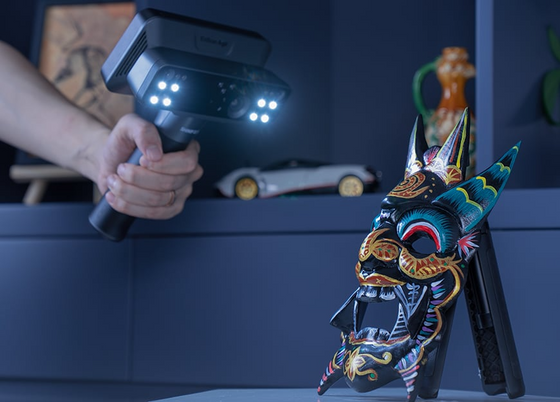Teaching STEM with 3D printed bottle rockets
March 13, 2019
An effective way for students to learn about STEM is to make it interactive while encouraging failure as an opportunity to look at a problem from an alternative perspective. Freek van Iersel, a primary school teacher at De Singelier Elementary School, in the Netherlands, taught seventh graders all aspects of designing a PET bottle rocket; from stencil drawing to designing in TinkerCad to 3D printing the parts. This taught the seventh graders what it meant to begin and fully complete a project while they learned the science behind water pressure.

To make the learning process more relevant to today’s technology, Iersel incorporated 3D printing, giving students the opportunity to design and print the custom parts to complete their rockets. Designs were 3D modeled in TinkerCad, printed with Ultimaker, tested and refined. To not be discouraged by failure was the most important takeaway from this project and 3D printing allowed for testing different designs and the development of many useful skills along the way.
Ultimaker has made tangible learning experiences in the classroom possible by offering a simple and reliable ecosystem. The rocket parts were printed on the Ultimaker original.
Today, the Ultimaker S5 includes new features such as software and hardware updates, larger build volume and dual extrusion to allow for even more customizable designs, ease of use and accessibility. Teachers are able to expand the tools that they use to teach without adding more work to their already busy day. Incorporate 3D printing in your science classroom by downloading the bottle rocket project lesson plan written by 3Dkanjers.

Also in News

Shop3D.ca at ADM Toronto (Advanced Design & Manufacturing Expo)
September 23, 2025
Shop3D.ca, Canada’s leading provider of 3D printing solutions, is proud to announce its participation in the Advanced Design & Manufacturing Expo (ADM), taking place October 21 – October 23, 2025, at the Toronto Congress Centre.

Shop3D.ca Open House: 3D Scanning with the EinScan Rigil
September 22, 2025
Join the Shop3D.ca technical team for an interactive demo of the new EinScan Rigil 3D scanner. Learn the ins and outs of professional 3D scanning, and bring a medium-sized object to scan. You’ll leave with your very own 3D model file—just make sure your item is light enough to handle and can be rotated during scanning.

Shop3D.ca at the Canadian Manufacturing Technology Show (CMTS)
September 10, 2025
Shop3D.ca, Canada’s leading provider of 3D printing solutions, is proud to announce its participation in the Canadian Manufacturing Technology Show (CMTS), taking place September 29 – October 2, 2025, at the Toronto Congress Centre.


